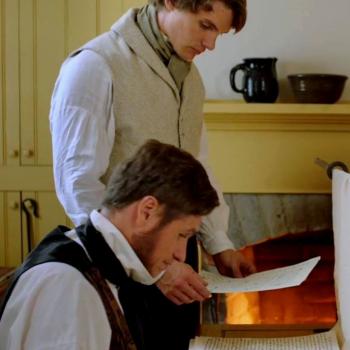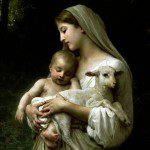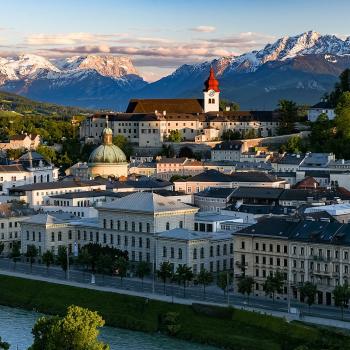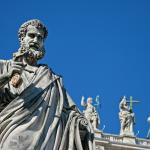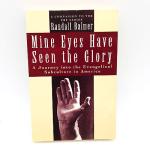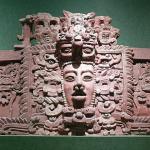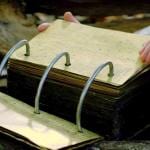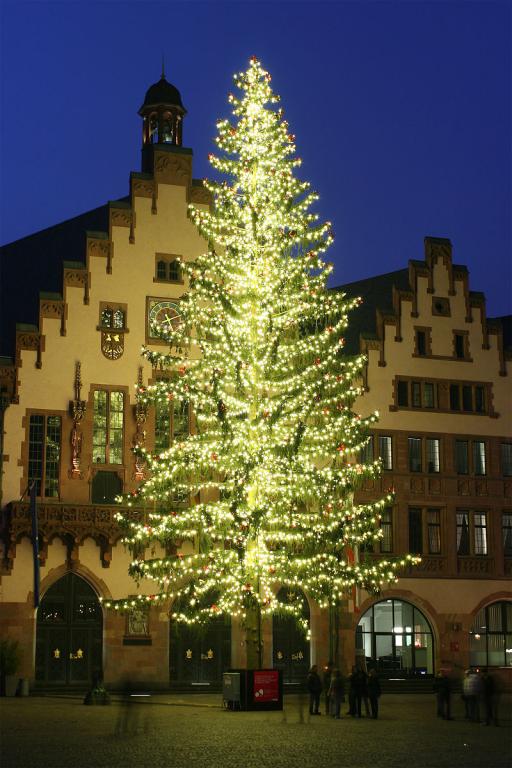
New on the website of the Interpreter Foundation:
“The Temple: Ancient and Restored: How John’s Gospel Portrays Jesus as the Way of the Temple” was written by John S. Thompson
Part of our book chapter reprint series, this article originally appeared in The Temple: Ancient and Restored, Proceedings of the Second Interpreter Matthew B. Brown Memorial Conference “The Temple on Mount Zion,” 25 October 2014 (2016) edited by Stephen D. Ricks and Donald W. Parry. For more information, go to https://interpreterfoundation.org/books/the-temple-ancient-and-restored/.
Conference Talks: On Earth When It Was in Heaven: Sacred Time and its Protection in Egyptian Temples
The fourth “Temple on Mount Zion” Conference was held on Saturday, November 10, 2018 in the Tanner Building at Brigham Young University, Provo, Utah.
The presentations were filmed, and both video and audio recordings of each presentation are available. The videos are currently available both at and on the Interpreter Foundation YouTube channel at https://www.youtube.com/c/theinterpreterfoundation. A YouTube playlist is also available at https://www.youtube.com/playlist?list=PLRMn4gyXMWLsWt34zVNC5FmTqBtFfcnxl. The audio recordings are available at https://interpreterfoundation.org/conferences/2018-temple-on-mount-zion-conference/2018-temple-on-mount-zion-conference-audio/.
As part of that conference, Professor Kerry Muhlestein delivered this talk, which is entitled “On Earth When It Was in Heaven: Sacred Time and its Protection in Egyptian Temples.”
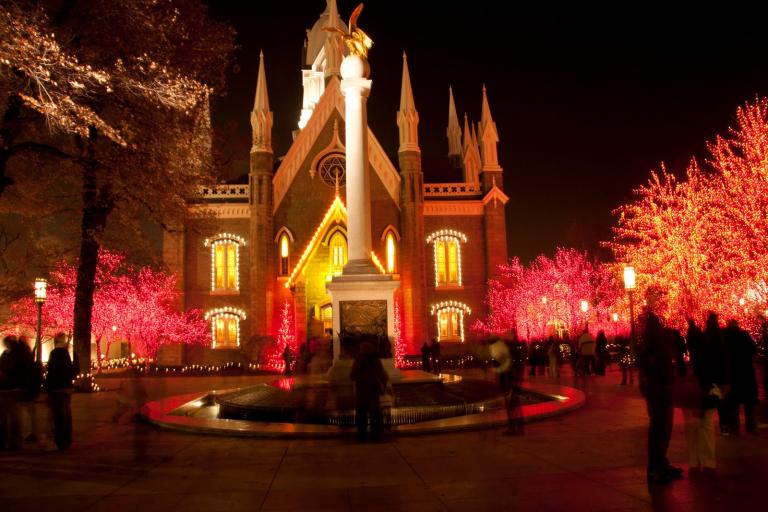
(Wikimedia Commons public domain image)
Also: I found this chilling story yesterday, Wednesday, in the Christopher Hitchens Memorial “How Religion Poisons Everything” File™. I hope that it fills you with a level of indignation that befits the Winter Solstice season: “Latter-day Saints Spread the Light of Christ around the World: Donations at this year’s Giving Machines so far include 1 million meals and vaccinations for people in need”
And, speaking of “how religion poisons everything,” here’s yet another appalling depravity from the Hitchens File: “This Broadway and Disney star is joining the Tabernacle Choir again — this time in the Philippines: Lea Salonga, well known as the powerful singing voice behind Disney princesses Jasmine and Mulan, will join as a guest artist for the choir’s performances in the Philippines next year”
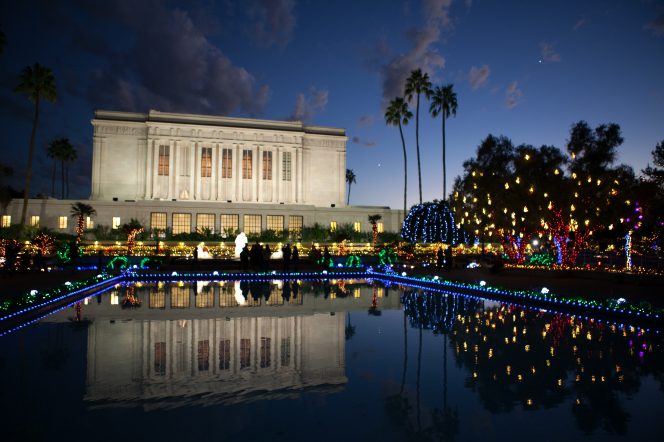
“In the beginning was the Word,” begins a Christmas story that we seldom read at Christmas, “and the Word was with God, and the Word was God. … And the Word was made flesh, and dwelt among us” (John 1:1, 14).
The Greek verb translated as “dwelt,” “skeneo,” means “to dwell in a tent” — which, in Greek, is a “skene.” So John 1:14 could be rendered as “And the Word was made flesh, and tented among us.”
This recalls the Old Testament tabernacle in the wilderness, a tent-sanctuary symbolizing the presence of God that was pitched in the midst of the traveling camp of Israel:
It’s probably a bit late for most of us to go to the temple before Christmas this year. (The column above was originally published in the Deseret News on 8 December 2011, when there was considerably more of the month remaining than there is right now.) But regular and frequent temple attendance is a pretty good resolution for the New Year, and working in one more temple visit before the end of the year, if at all possible, wouldn’t be a bad idea, either.
We live in the greatest period of temple construction that history has ever seen, and temples are being built closer and closer to the worldwide membership of the Church. It is a genuinely glorious thing.
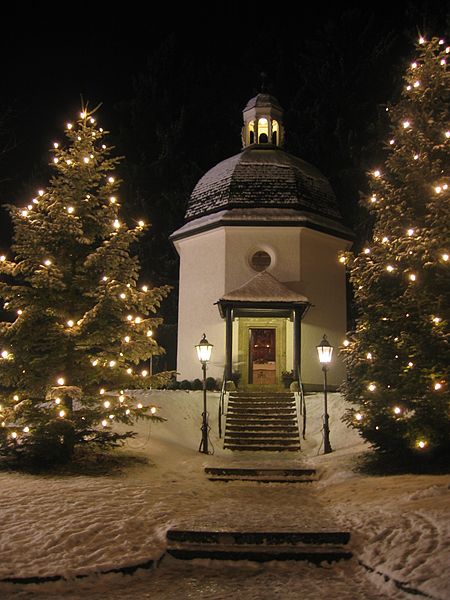
This is a wonderful and insightful article by a good friend of ours, Joseph Grenny. His “Other Side Village” and “Other Side Academy” are among the very best philanthropic projects that I know: “Opinion: Chronic homelessness is a behavior problem: The reason so much effort to help the chronically homeless is producing so little improvement is because we’re solving the wrong problem”
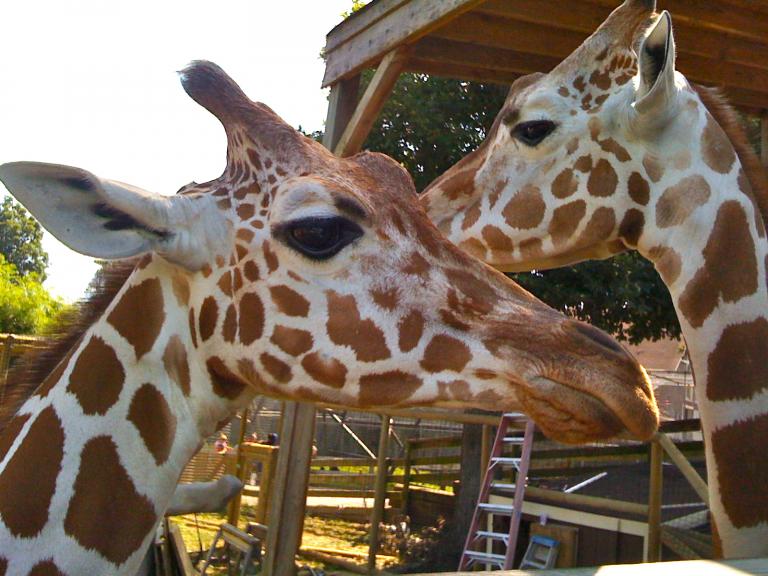
(Wikimedia Commons public domain photograph)
I’ve been to this zoo several times, because it is located very near to one of North America’s principal foci of Sheer Cuteness, who visits it on a regular basis. So I was very pleased to find an article about the zoo in the Christopher Hitchens Memorial “How Religion Poisons Everything” File™: “A Christmas Miracle: How a Virginia zoo rose from the ashes to testify of the Savior’s birth”




